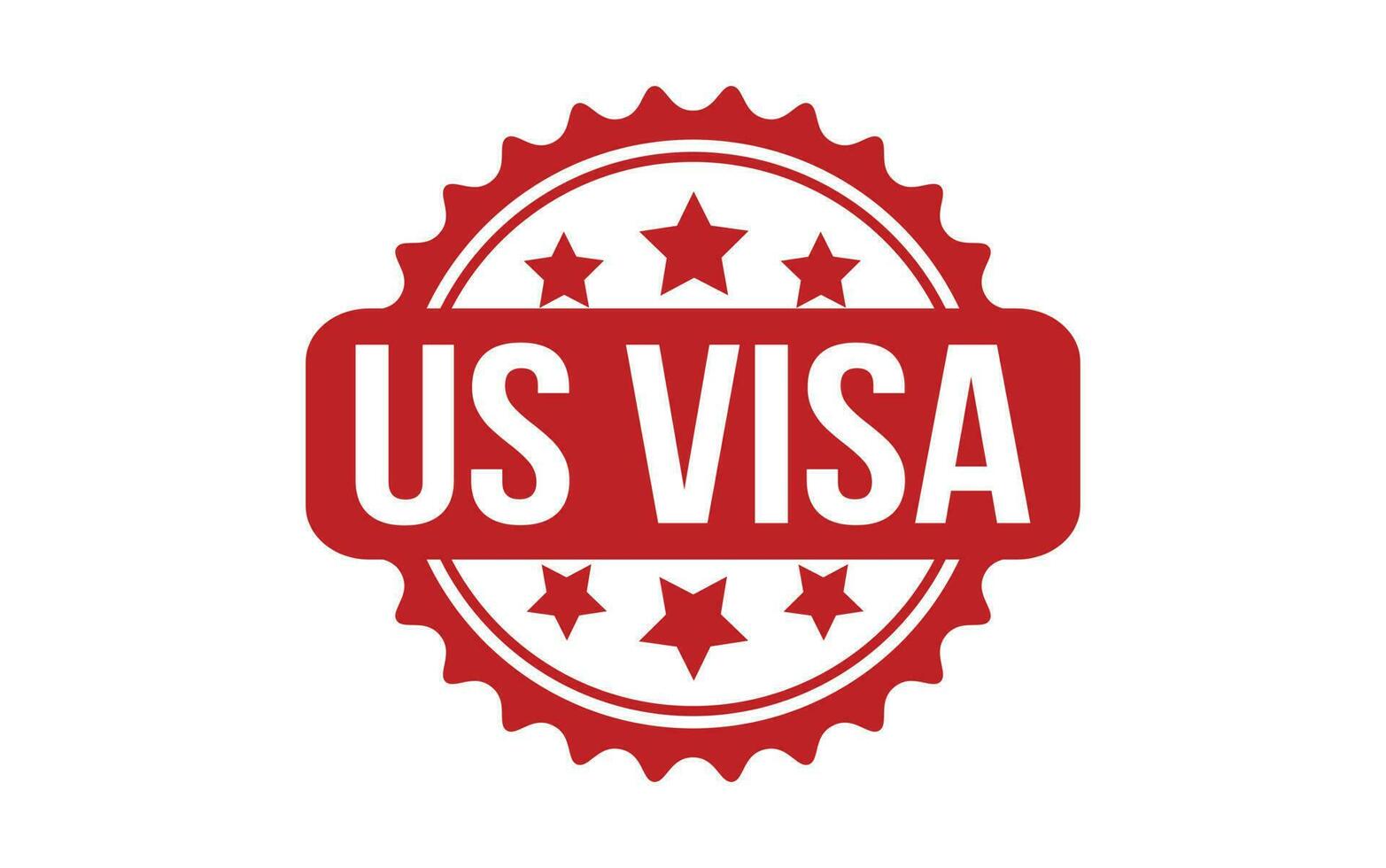

By Asmita - Aug 05, 2025
The United States will introduce a new visa rule on August 20, 2025, requiring select B-1 and B-2 visa applicants to pay a refundable bond ranging from $5,000 to $15,000. Aimed at reducing visa overstays from high-risk countries, the bond will be determined by consular officers based on the applicant's risk profile, with those who comply receiving a refund and overstayers forfeiting the full amount. The pilot program will initially impact about 2,000 applicants and involve specified U.S. airports, while concerns arise regarding its potential impact on tourism and business travel.

US VISA via Vecteezy
LATEST
The United States is set to implement a new visa rule starting August 20, 2025, which will require certain B-1 business and B-2 tourist visa applicants to post a refundable bond of up to $15,000. This pilot program is designed to reduce visa overstays by imposing a financial guarantee on travelers from countries identified as high-risk based on visa overstay rates, inadequate screening, or allowing citizenship by investment without residency requirements. The bond amounts can be $5,000, $10,000, or $15,000, determined by consular officers according to the applicant's risk profile. Those who comply with the visa conditions and leave the U.S. on time will have their full bond refunded, while those who overstay will forfeit the entire amount to the government.
The program applies exclusively to applicants of the B-1 (business) and B-2 (tourist) visa categories and will restrict entry and exit to certain designated U.S. airports, which have yet to be publicly disclosed. Nationals from countries with notably high overstay rates, as cited in a 2023 Department of Homeland Security (DHS) report, poor vetting and screening procedures, or citizenship-by-investment schemes without residency requirements are most likely to be affected. While the U.S. State Department has not released the official list of targeted countries, some African countries such as Chad, Eritrea, Burundi, Djibouti, and Togo, as well as Haiti, Myanmar, and Yemen, have been highlighted for high overstay instances. The rollout will initially cover about 2,000 visa applicants during the 12-month pilot program.
Consular officers hold the discretion to impose bond amounts tailored to the applicant’s specific risk factors, intending to ensure compliance with visa terms. This financial safeguard aims to reduce unauthorized stays and improve the accuracy of screening. The bond program builds on Executive Order 14159, which directs various departments to enact systems to protect against overruns in visa compliance. While individuals from visa waiver countries like Canada and Mexico are exempt, this measure could add a significant financial barrier for applicants from qualifying nations. Visa applicants will also be required to travel through pre-approved airports to facilitate monitoring and enforcement under the pilot.
The introduction of this bond requirement has raised concerns among travel and tourism stakeholders who fear it may deter international visitors from affected countries, potentially impacting tourism revenue and business travel. It may make the U.S. one of the more expensive travel destinations for certain nationalities, especially those from developing countries with frequent visa overstays. Although Indian travelers are not immediately targeted, the policy signals a stricter approach to visa compliance, and travelers should monitor updates closely. The pilot's effectiveness and the list of targeted countries are subject to change, with the State Department committed to updating stakeholders at least 15 days before any adjustments take effect.